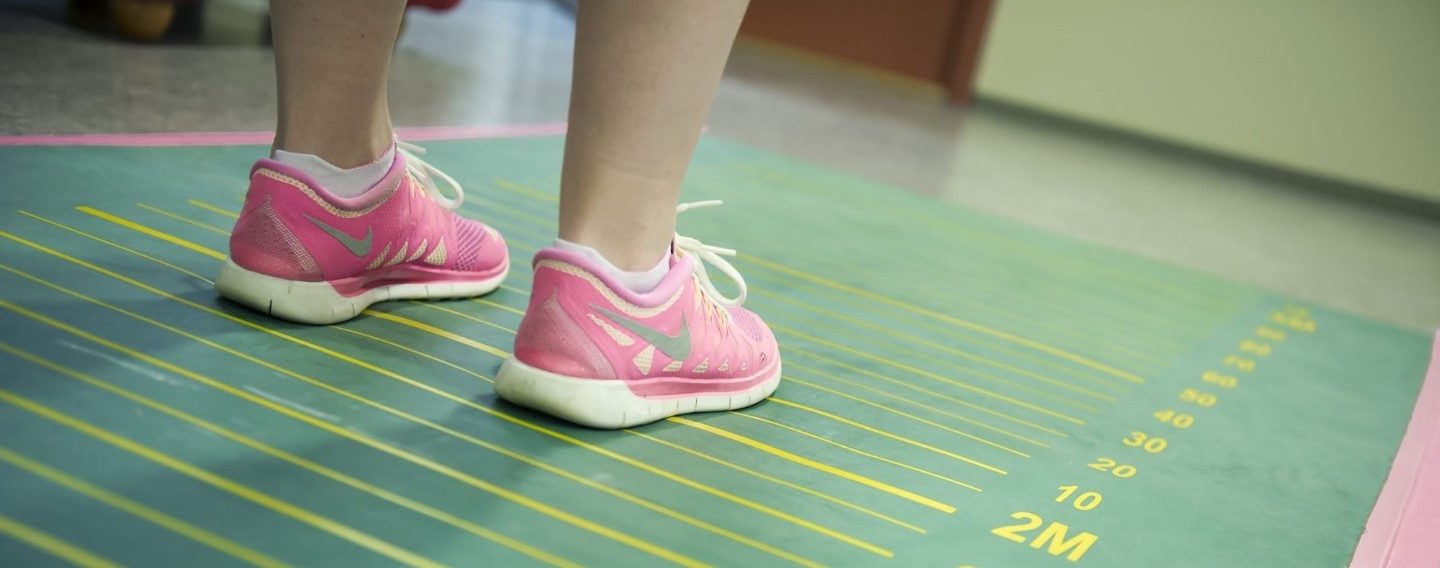The PANIC Study briefly
The Physical Activity and Nutrition in Children (PANIC) Study (PANIC metadata can be found on Zenodo) is an ongoing controlled physical activity and dietary intervention study in a large population sample of children followed retrospectively since pregnancy and prospectively until adolescence. The study is being carried out at the Institute of Biomedicine, University of Eastern Finland, Kuopio Campus, in collaboration with many national and international collaborative partners. The Principal Investigator of the study is Timo Lakka, Professor of Medical Physiology, Specialist in Internal Medicine.
We investigate :
1) risk factors and pathophysiological mechanisms for overweight, type 2 diabetes, atherosclerotic cardiovascular diseases, musculoskeletal diseases, psychic problems, dementia, and oral health problems
2) the effects of a long-term physical activity and dietary intervention on risk factors and pathophysiological mechanisms for these chronic diseases and conditions
3) whether genetic factors, fetal and early childhood growth, and sexual maturation modify the health effects of a long-term physical activity and dietary intervention
4) the causes of excess use of health care services and associated costs
5) the effects of a long-term physical activity and dietary intervention on the use of health care services and associated costs
6) the cost-efficiency of a long-term physical activity and dietary intervention in childhood and adolescence
The results of the study can be utilized in:
1) identifying children and adolescents at increased risk of common chronic diseases, decreased wellbeing, reduced learning and academic performance, and excess use of health care services and associated costs
2) planning and carrying out long-term physical activity and dietary interventions aimed at preventing common chronic diseases and associated problems since childhood
3) offering long-term physical activity and dietary interventions to children and adolescents who most likely benefit from such interventions
4) targeting limited health care resources most appropriately to children and adolescents
5) promoting health and wellbeing among children and adolescents at individual and population level
